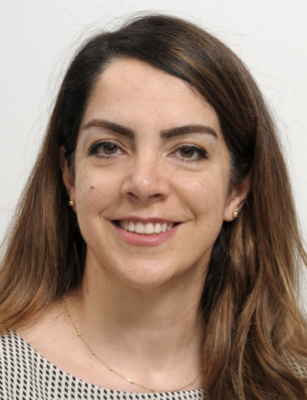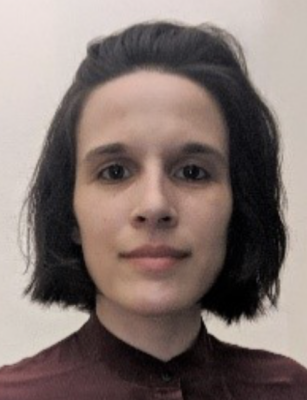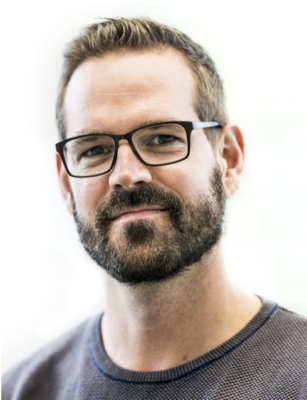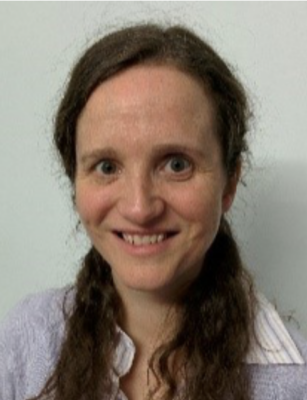We welcome the newest members to the ZNZ. With knowledge, experience and a curious mind, they will certainly contribute to new insights in neuroscience.
Dr. Maryam Seif, Junior Group Leader
Spinal Cord Injury Center, Balgrist University Hospital, and University of Zurich

Our vision is to develop and apply neuroimaging biomarkers in human CNS following spinal cord injury (SCI) to better understand the SCI-induced neurodegeneration and predict the functional outcome. We use novel quantitative magnetic resonance imaging (qMRI) in the brain and spinal cord. qMRI is expected to provide sensitive biomarkers of (micro-) structural changes of CNS due to trauma or neurodegeneration. Neuroimaging biomarkers hold promises to improve clinical trial design and efficiency through better SCI patient stratification.
More
Dr. Marie Labouesse
Department of Health Sciences and Technology, ETH Zurich

Our team strives to understand how long-range neural circuits wire and rewire throughout the lifespan, how they contribute to behavioral function, and how we can harness new, circuit-related findings to develop pharmacotherapies to treat brain disorders. Our work focuses on the basal ganglia and their inputs and outputs (including monoamines, like dopamine), with a special interest for neural systems critical for body homeostasis, e.g. brain circuits for reward and energy seeking (motivation, feeding, addiction) and for energy output (locomotion, motor function, exercise).
More
Dr. Michael Hugelshofer
Department of Neurosurgery, University Hospital, and University of Zurich

As a neurosurgeon-scientist my research focuses on the complex pathophysiology of secondary brain injury after hemorrhagic stroke with the aim to develop new diagnostic and therapeutic strategies. We investigate the toxicity of cell-free hemoglobin in the brain. We were able to define delocalization of hemoglobin from the CSF into cerebrovascular vessel walls and the interstitial space of the brain as the pivotal step for hemoglobin’s toxic effects. Further, we could proof the concept of intracerebroventricular haptoglobin treatment to compartmentalize and detoxify hemoglobin.
More
Dr. Ruth O’Gorman Tuura
Center for MR Research, University Children’s Hospital Zurich

Our research focuses on the application of advanced MRI methods for evaluating brain physiology, such as arterial spin labelling perfusion MRI, edited MR spectroscopy, diffusion tensor MRI, functional MRI, and quantitative MR Relaxometry, to studies of brain development in children and adolescents. This multimodal approach yields important insight into the complex pattern of physiological changes associated with typical and atypical brain development, but also with different brain states like sleep and wake states.
More